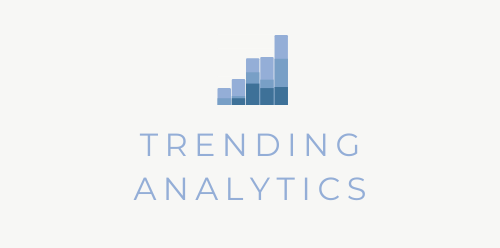A few weeks ago I got two recommendations ( from Sameeha Afrulbasha and Bonny McClain) to read one of Austin Kleon’s books, Show Your Work. This is the second book in a 3 part series, so I ended up starting with the first book he wrote, Steal Like an Artist.
In this blog post, I’ll share some reflections from this book that are relevant to data professionals, particularly those who make data visualizations.
Plagiarism is not Acceptable
First things first, I want to emphasize that he does not encourage plagiarism. (Plagiarism is defined as copying someone’s work and passing it off as your own.)
There is a difference between plagiarism and reverse-engineering someone else’s work you feel inspired by.
Nothing is “Original”
“Everything that needs to be said has already been said. But, since no one was listening, everything must be said again.” – André Gide
You may have some unconscious expectation to produce only “original” work. The truth is, it is really hard for someone to create truly original work. It’s really hard to separate our original ideas from ones we have come across before in our life and may have influenced our current work.
“Every new idea is just a mashup or a remix of one or more previous ideas.”
The reason Kleon starts off with this point on originality is to encourage us to embrace influence and borrow/remix other people’s ideas in our own work.
Collect Good Ideas
Kleon recommends collecting good ideas you come across in your field of work. For data professionals, I recommend having a bookmarks folder (or another folder on your computer) to bookmark data projects and visualizations that catch your eye.
Another social media friend, Jessica Uwoghiren, has an album on her phone dedicated to data visualizations she comes across online.
If you are the organized type, you can create a spreadsheet with links to ideas and your notes next to them categorized by topics, genres, or viz types.
Kleon also recommends:
“Carry a notebook and a pen with you wherever you go. Get used to pulling it out and jotting down your thoughts and observations.”
Think like the Data Viz Creator
When you come across a data viz or project you want to imitate, try to think like the creator. Try to get into their head to understand their process and choices. This way you’re not just learning how to reverse-engineer their work, you’re also learning how to think like those who inspire you.
Embrace Constraints
When forced to work within a strict framework the imagination is taxed to its utmost—and will produce its richest ideas. Given total freedom the work is likely to sprawl.—T.S. Eliot
The final point I want to mention in this blog is something that resonated a lot with me. My early experience as a data professional was heavily programming-focused.
As a programmer, I soon learned that I really enjoy working with constraints.
It may sound counter-intuitive. But constraints encourage you to think out of the box, learn new things, and be more creative to find a solution.
Give Credit
If you get inspiration from someone else’s work or tutorial, give them credit for the inspiration or help. In social media posts, this means tagging them in the original message. Avoid doing so in the comments or thread, where it can be overlooked.
In the original viz itself, you can include a line mentioning whose work inspired yours.
I didn’t cover all the ideas Kleon shares in his relatively short book. I recommend you check it out for yourself for more advice on how to “steal” like an artist.
In a future blog post, I’ll share reflections on the sequel, Show Your Work, which also has plenty of relevant advice for data professionals.


So glad to have discovered your blog! Thanks for the mention and I also want to hat tip Juliana for mentioning Kleons work as well…